

On May 12, 2008, 30 minutes prior to the Sichuan Earthquake, a cell phone
captured footage of multi-colored clouds in the sky. The footage was
uploaded to Youtube
Multi-colored clouds recorded 30 minutes before Sichuan Earthquake
http://www.youtube.com/watch?v=KKMTSDzU1Z4
The precise mechanism, if such a phenomenon exists—as opposed to being
coincidence with aurora or mistaken recall after a traumatic event such as
an earthquake—is unknown. One theory suggests that earthquake lights are a
form of plasma discharge caused by the release of gases from within the
Earth and are electrically charged in the air.
Another possible explanation is local disruption of the Earth's magnetic
field and/or ionosphere in the region of tectonic stress, resulting in the
observed glow effects either from ionospheric radiative recombination at
lower altitudes and greater atmospheric pressure or as aurora. However,
the effect is clearly not pronounced or notably observed at all earthquake
events and is yet to be directly experimentally verified.
Another explanation involves intense electric fields created
piezoelectrically by tectonic movements of rocks containing quartz.
Some similar clouds have been reported during nuclear tests and Radon is
likely to be an earthquake precursor, so another theory is that glowing
clouds might be light emission produced by Nuclear reactions or ionization
and plasma-chemical reactions
An earthquake light is an unusual luminous aerial phenomenon, similar in
appearance to the aurora borealis, that allegedly appears in the sky at or
near areas of tectonic stress, seismic activity or volcanic eruptions.
Scientific evidence for the presence of lights is unreliable, given that
there are few references documenting the phenomenon.
Appearance
The lights are most evident in the middle period of an earthquake,
although there are reports of lights that occurred after or quite often
before the earthquake, such as before the 1976 Tangshan earthquake. They
usually have shapes similar to those of the auroras with white to bluish
hue, but occasionally they have been reported to have a wider color
spectrum. The luminosity is typically visible for several seconds, but
there have been cases in which they lasted tens of minutes. In the 1930
Idu earthquake, lights were reported up to 70 miles from the epicentre.,
although most lights are not so far away.
There have also been cases in which electromagnetic waves caused by the
earthquake interfered with radio transmissions, such as during the Great
Chilean Earthquake of 1960.
Distinguishing earthquake lights from other transient optical phenomena
can be difficult during the chaos of a tremor. For example, a bluish-white
flashes that are accompanied by loud bangs or hissing during an earthquake
are more likely the result of electrical arcing in power lines or
transformers. However, in some videos, the light can be seen as a long
flash in the night high in the sky.
History
Records of earthquakes that were accompanied by lights can be found as far
back as 373 BC in ancient Greek writings, that "immense columns of flame"
foretold the earthquake that destroyed the cities of Helike and Boura.
However, even in the early 20th century they were still considered a myth,
despite an investigation of lights seen during the 1930 Idu earthquake by
researchers from Tokyo University, until photographs of actual lights were
taken in Japan in the 1960s.
The night before the 1976 Tangshan earthquake, many people in Tangshan
reported seeing strange lights.
In Peru's earthquake that occurred south of Lima on August 15, 2007,
earthquake lights could be seen across the Lima sky before and during the
earthquake. Several videos were taken.
On May 12, 2008, 30 minutes prior to the Sichuan Earthquake, a cell phone
captured footage of multi-colored clouds in the sky. The footage was
uploaded to Youtube. There is also footage from Meixian, Shaanxi,
approximately 550km northeast of the epicenter, recorded 10 minutes before
the earthquake. However, the footage appears to show a circumhorizontal
arc, which is caused by refraction of the sun's light through ice
particles in a cirrus cloud, similar to a rainbow. Earthquake lights were
also spotted in Tianshui, Gansu, approximately 400 km north-northeast of
the epicenter.
The 2008 Sichuan earthquake (Chinese: 四川大地震), or Great Sichuan
Earthquake which measured at 8.0 Ms and 8.3 Mw according to PRC's China
Seismological Bureau, and 7.9 Mw according to USGS, occurred at
14:28:01.42 CST (06:28:01.42 UTC) on 12 May 2008 in Sichuan province of
China. It was also known as the Wenchuan earthquake (Chinese: 汶川大地震),
after the earthquake's epicenter in Wenchuan County in Sichuan province.
The epicenter was 80 kilometres (50 mi) west-northwest of Chengdu, the
capital of Sichuan, with a depth of 19 kilometres (12 mi). The earthquake
was felt as far away as Beijing (1,500 km away) and Shanghai (1,700 km
away), where office buildings swayed with the tremor. The earthquake was
also felt in nearby countries.
Official figures (as of May 30, 12:00 CST) state that 68,858 are confirmed
dead, including 68,349 in Sichuan province, and 366,586 injured, with
18,618 listed as missing. The earthquake left about 4.8 million people
homeless, though the number could be as high as 11 million. It was the
deadliest and strongest earthquake to hit China since the 1976 Tangshan
earthquake, which killed at least 240,000 people. Approximately 15 million
people lived in the affected area.
The earthquake was followed by two major aftershocks, which led to the
collapse of 420,000 more buildings. On May 25, a major aftershock of 6.0
Mw hit northeast of the original earthquake's epicenter, in Qingchuan
County, causing eight deaths, 927 injuries, and billions of dollars in
damage.
 Stumble It!
Stumble It!




 Stumble It!
Stumble It!



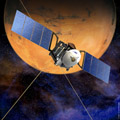





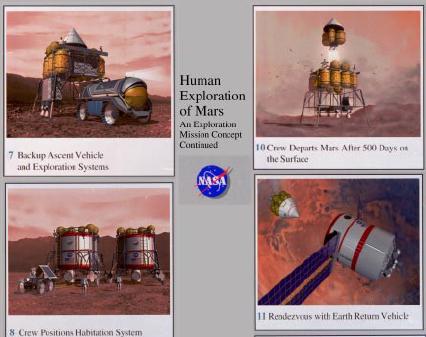



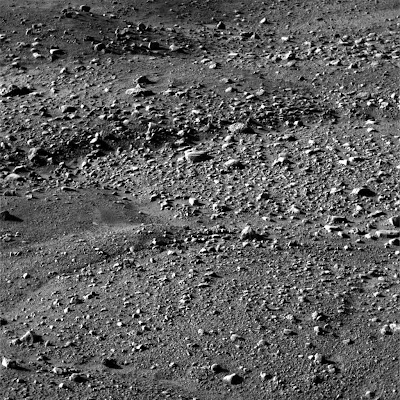
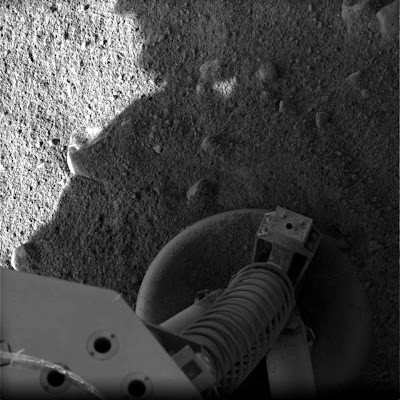

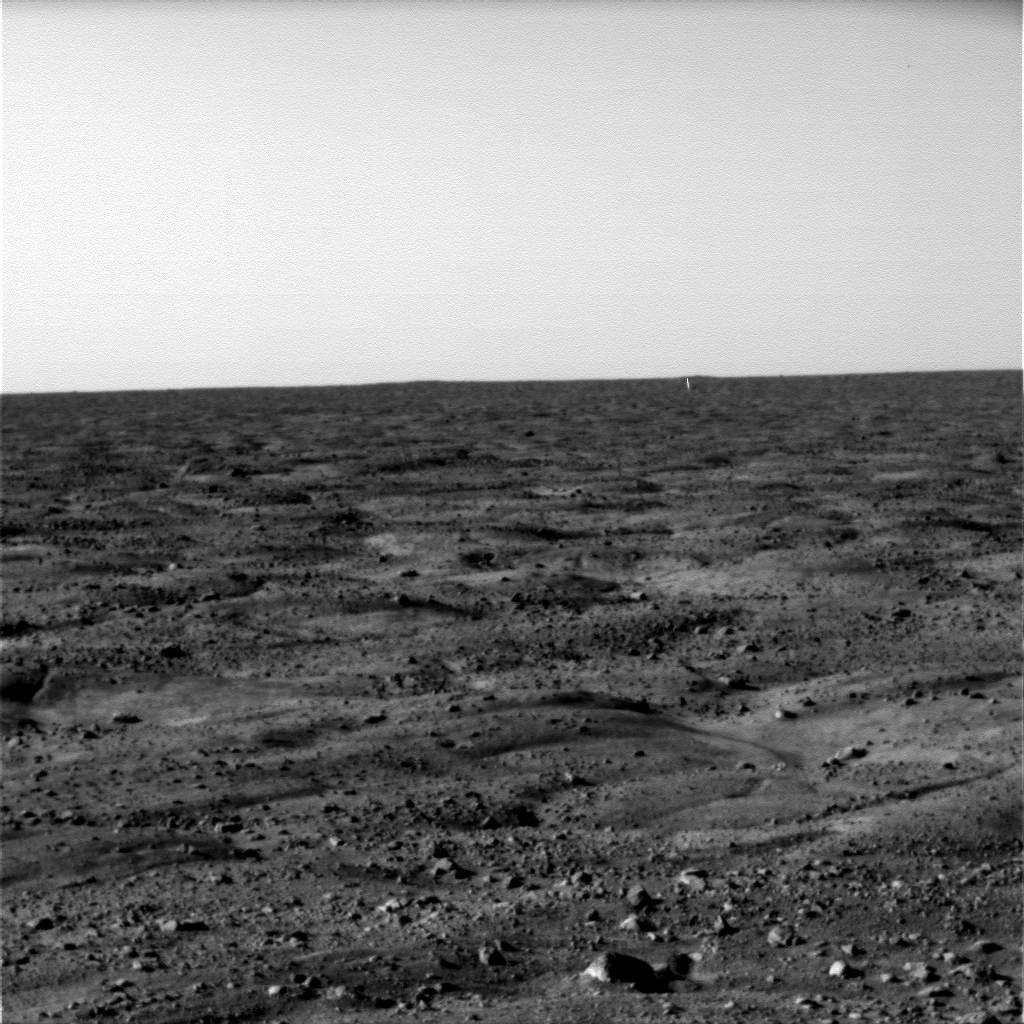
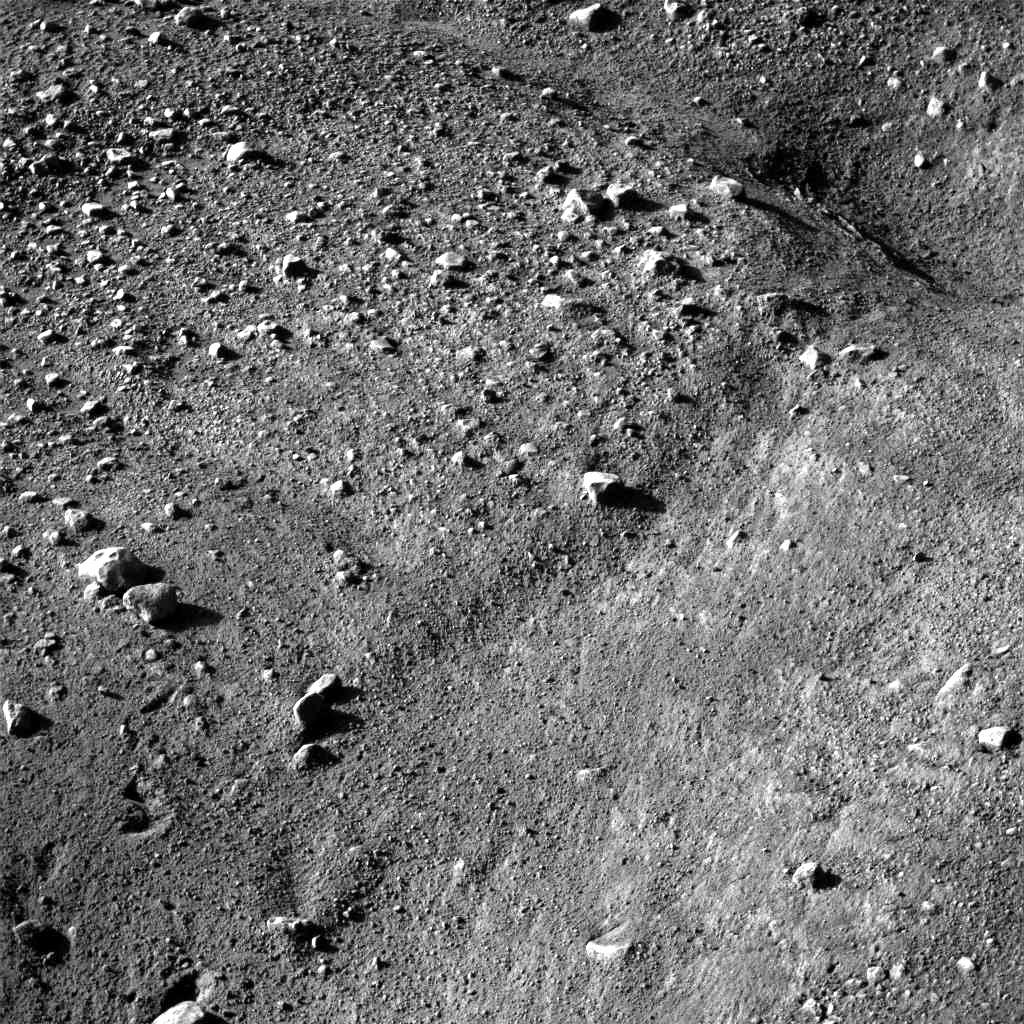


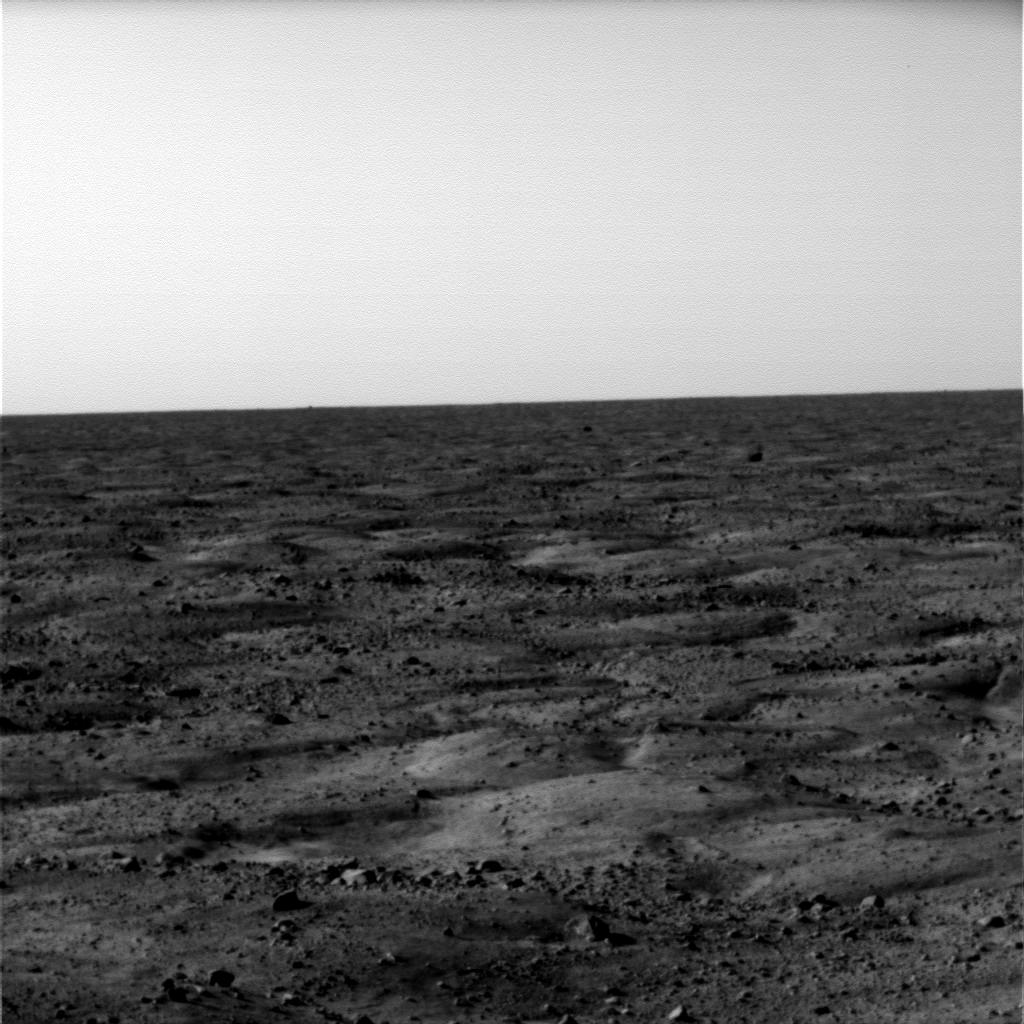


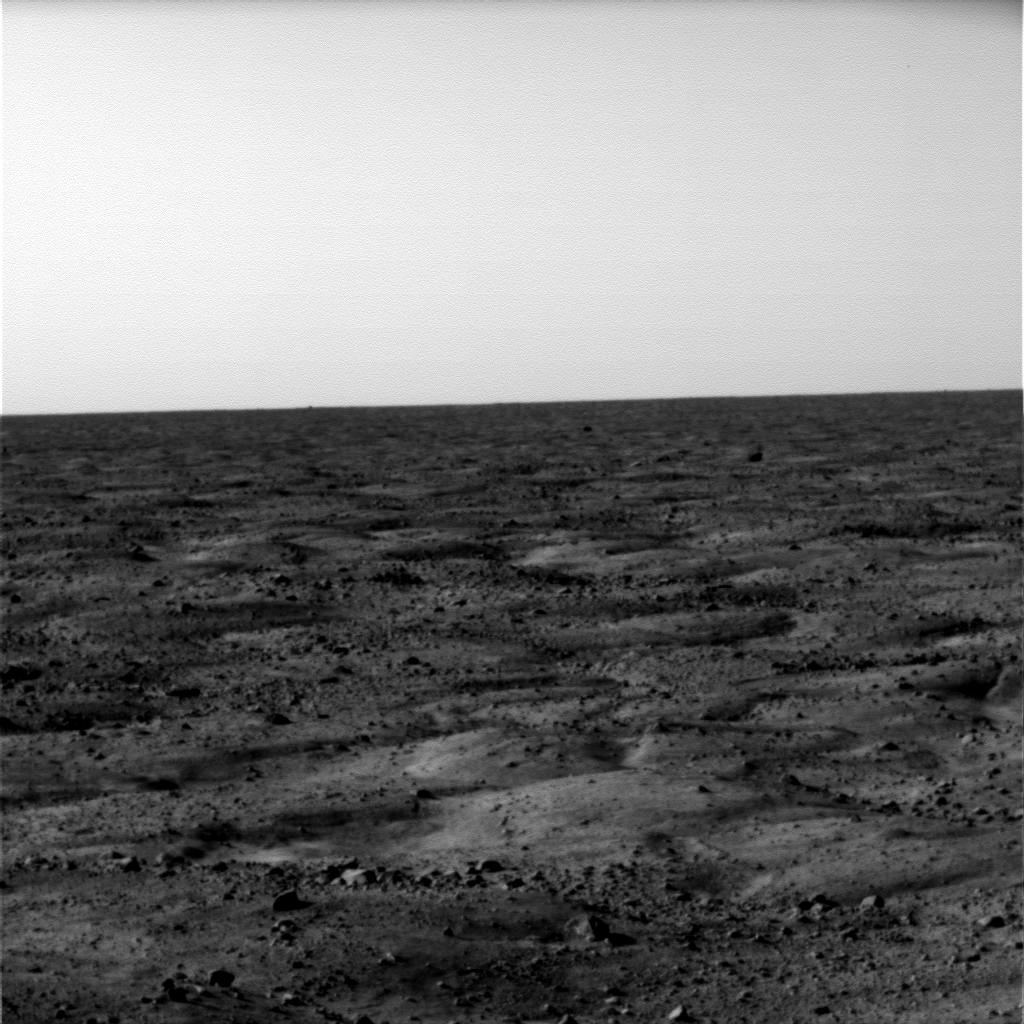





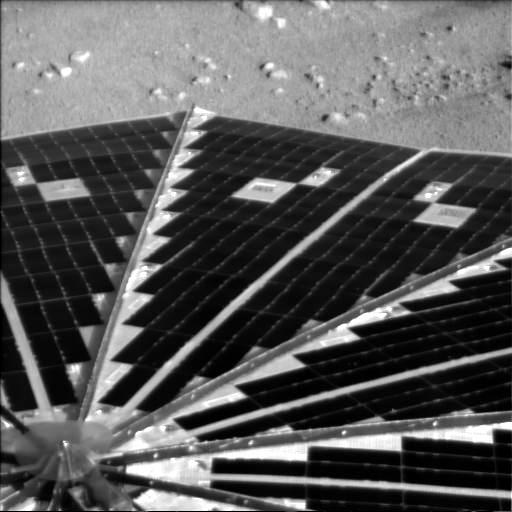




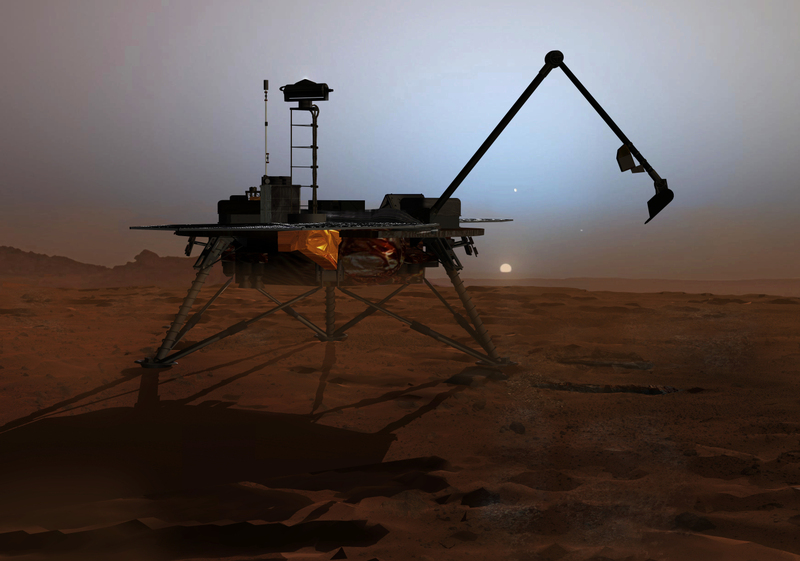


 Team members celebrate Phoenix landing on Mars.
Team members celebrate Phoenix landing on Mars.